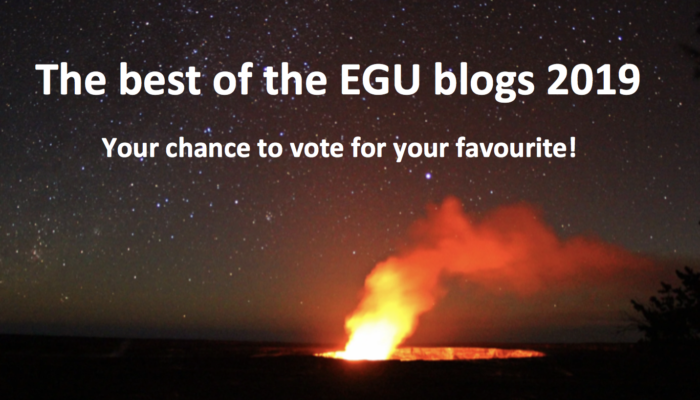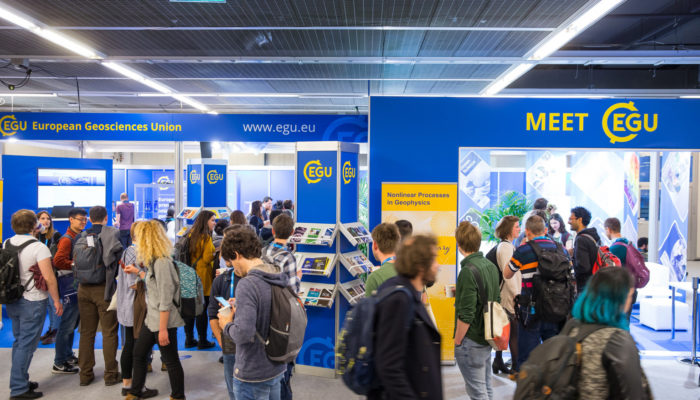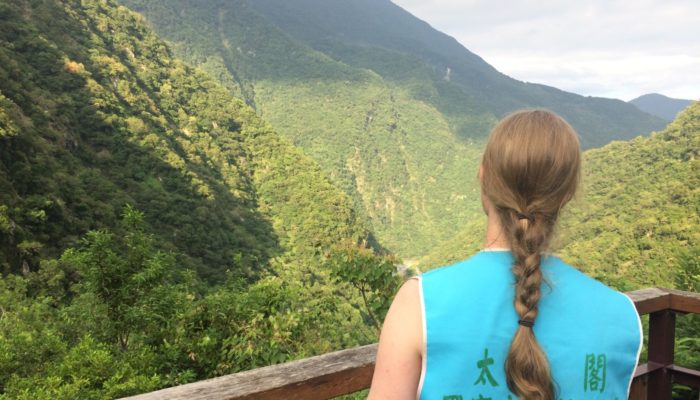GeoTalk interviews usually feature the work of early career researchers, but this month we deviate from this format to speak with Olivia Trani, who has served as EGU’s Communications Officer for the past couple of years. In this role Olivia has skillfully managed the Union’s social media presence and the EGU blogs. She has also served as the point of contact for EGU’s early career scientists. Oliv ...[Read More]
GeoTalk: Olivia Trani – reflections on a communication officer’s career with EGU




